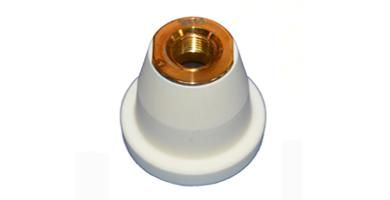From personalizing guitar picks to engraving name-plates on Oscars, laser engraving has been a key part of the entertainment industry.
This article sheds light on how it can be useful in some other parts of the entertainment world as well.

1. Fan Merchandise:
In retail merchandise, producing products that stand out is important. Introducing uniqueness and customization can be the opening door for you to kick-start into retail merchandising.
In this case, Laser engraving can come handy for bands, artists to sell their custom merchandise. As it connects them with customers on a personal level, they can also promote their upcoming tours, increase their fan base, and build their brand name.
Artists like Taylor Swift, Justin Bieber, BTS, and bands like One Direction regularly offer custom merch. You can build these types of products on the basis of new releases, campaigns, tours, etc. And one can use laser engraving to engrave products like cutting boards, keychains, sometimes exclusive autographed products, etc.
2. Instruments:
Thinking of giving a personalized gift to someone? Then why not try laser engraving! The laser-engraved instruments can be special gifts they would never forget.
Additionally, you would get a variety of options to apply laser engraving to:
- Guitars
- Instrument cases
- Drum Sticks
- Pianos
3. Vinyl Engraving:
There were times when traditional vinyl records ruled the market. However, they are again in the limelight all thanks to laser engraving.
A company named Rebeat in 2016 arranged a patent for creating vinyl records in a new way with unique markings. Recently, they worked out on their funding and hope to introduce laser-engraved vinyl records in the market very soon.
Additionally, laser marking records can have better sound quality, produce more amplitude, and last a longer playing time compared to traditional methods. Hence, you can look out for laser marked vinyl in the upcoming months!
4. Concerts:
Not laser marking, but laser, in general, also plays a different but important role in the music industry with attractive light visuals, laser bands, laser lights in the concerts. They create a variety of entertaining visuals that many times take artists’ and bands’ shows to the next level.
Using special background effects with the help of laser during concerts can add up a special sequel that can create a different type of atmosphere among the audience. You can use create this type of laser effect depending on the different genres to entertain your audience.
If you are looking to upgrade your laser machines with new parts you can look online for Fanuc parts or Trumpf parts for quality results.
5. Movies:
Movies are an integral part of the entertainment industry and here are a few ways how lasers have been a part of the movies.
- Awards:
Some of the most famous awards like Grammys, Oscars, AMAs, etc. use laser engraving technology to prepare their awards.
As laser engraving provides precision with speed, you can have a smooth finishing touch to it.
- Movie Posters:
If you are a cinephile person, thinking of having a collection of movie posters, then how about having laser engraved posters of your favorite movies? Be it the famous superhero movie like Avengers or one of the classics like Frankenstein, you can create laser engraved posters to make a unique type of collection. You can either get them from any shop or get them laser engraved yourself.
- Theaters:
In recent years, laser technology made it in the theaters as well. Recently, the famous IMAX has introduced IMAX with laser in which they use laser projection. This type of projection uses a 4K laser system to provide customers with high-resolution images, better visual effects, and enhanced contrasts. Compared to other projectors these types of projectors perform better in every aspect.
Final Words:
A subset of laser marking, laser engraving practice is thriving in the entertainment industry. Since it does not involve the use of inks, you can get long-lasting, precise results on your products giving them a personalized touch. To upgrade your machines with new laser parts you can look online for Trumpf parts or Fanuc parts to get started.

 Log in with Facebook
Log in with Facebook 









